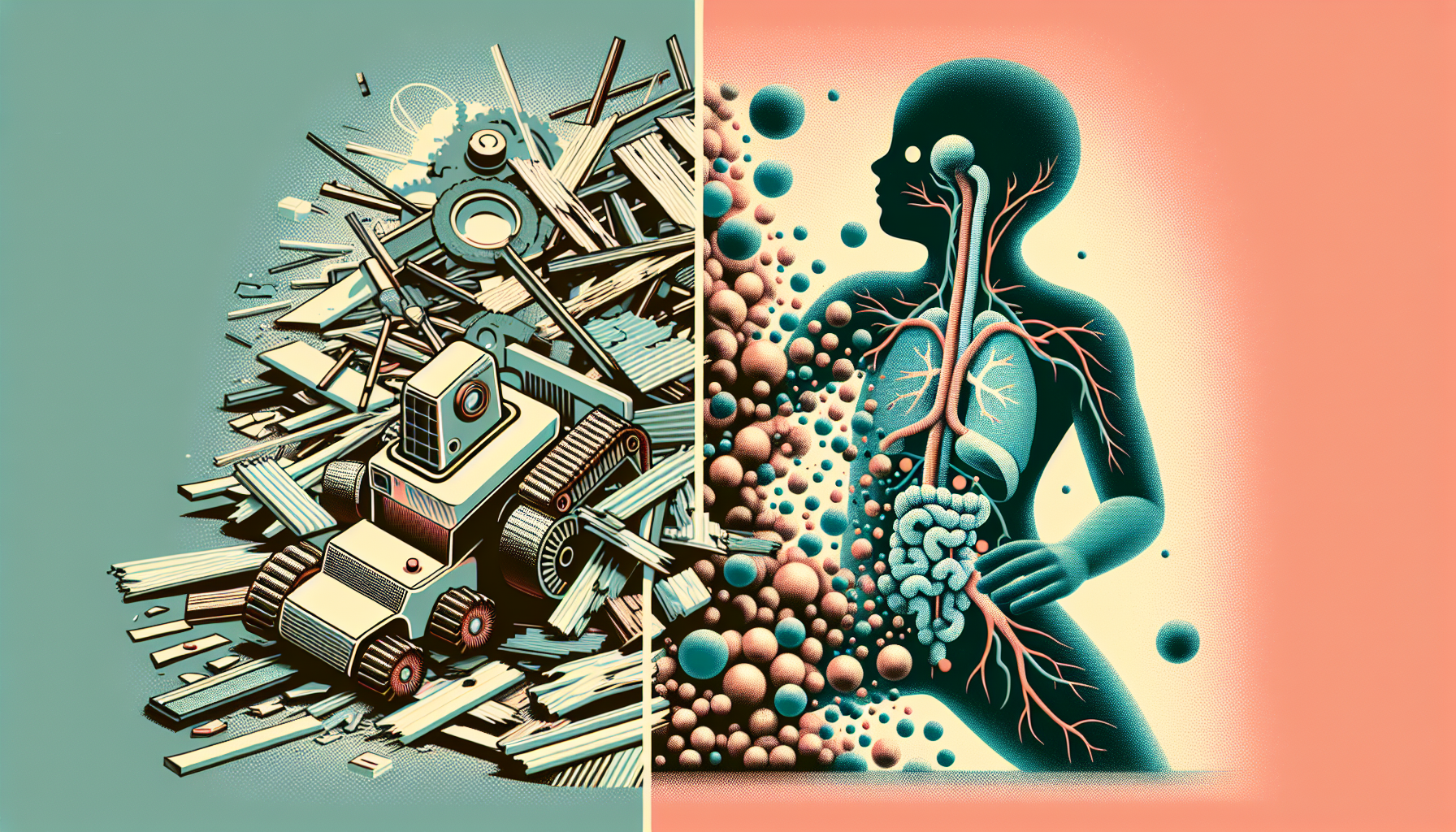Imagine a tiny, soft robot with the power to transform how we handle crises and care for our health. A team spearheaded by Penn State has brought this vision to life, developing a robot that can crawl through disaster debris or explore the human body to deliver medicine. This breakthrough represents a monumental step in the field of robotics, providing ingenious solutions for both emergency and medical scenarios.
### Marvel of Design
Crafted with a soft, flexible structure, this robot is designed to glide through narrow passages and navigate challenging terrains, proving invaluable for rescue operations and healthcare. Here are its standout features:
– **Seamless Flexible Electronics**: By integrating flexible electronics, the robot maintains its pliable nature without compromising functionality. This ensures efficient movement and operation in complex environments.
– **Magnetic Mastery**: By embedding hard magnetic materials into its design, the robot can maneuver precisely, responding intelligently to magnetic fields. This capability allows it to bend, twist, and crawl with ease.
– **Smart Autonomy**: Equipped with sensors, the robot can autonomously perceive changes in its surroundings, such as variations in temperature or barriers. This minimizes human intervention and enhances its adaptability.
### Reshaping Rescue Efforts
In emergencies, such as earthquakes or explosions, the robot becomes a vital ally. Capable of reaching spaces ordinary machines can’t, it can locate and aid individuals trapped under debris. Its adaptability and resilience make it a key asset in urban search and rescue, supporting teams as they navigate chaotic environments.
### Revolutionizing Medicine
Remarkably, this robot holds promise inside the human body, paving the way for precise drug delivery and minimally invasive procedures. Its flexible design combined with magnetic control allows it to administer medication with pinpoint accuracy, offering a promising alternative to traditional methods.
### A Glimpse Into the Future
This innovation marks just the beginning. Researchers are eager to further shrink the robot’s size, hoping to unlock even more potential for biomedical applications. Envision a “robot pill” that could travel through the gastrointestinal system to spot illnesses or drop medicines exactly where they’re needed. The implications for both disaster response and healthcare are groundbreaking.
In essence, this small, pliable robot signifies a new era in robotics technology. It masterfully uses flexible materials and sophisticated control systems to confront complex challenges in emergencies and medical care. As research progresses, we can anticipate a wealth of emerging applications, sparking further innovations and presenting myriad opportunities for precise automation and treatment.

Leave a Reply